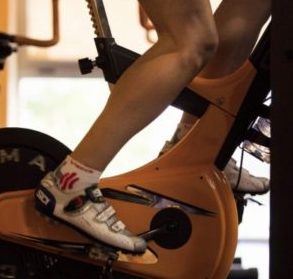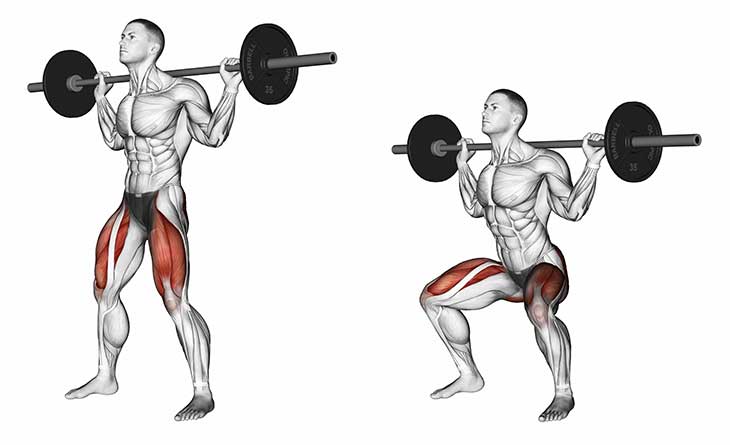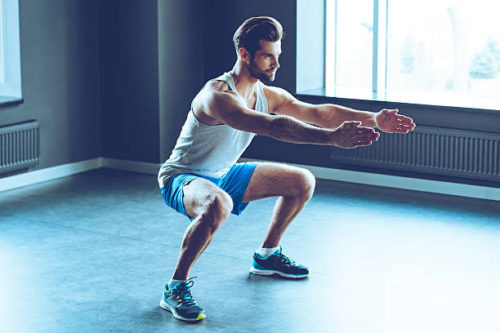What do we mean by strength training and cycling economy?
Cycling Economy = the steady state oxygen cost of a standard power output. So a cyclist with better economy can produce a higher power output using the same amount of energy. OR this same cyclist requires less energy for the same power output when compared to a less “economical” cyclist. Strength training targets the ability to produce force. This is not just maximal force (the most amount possible) but also producing force quickly. Lifting heavy weights improves your body’s ability to activate muscle fibres, which in turn increases the speed at which muscle fibres can be activated. This means that force can be produced earlier in the pedal stroke (1-3 o’clock position) with the powerful quadriceps and gluteal muscles.

Why is it relevant?

We know that the highest VO2max (the maximum amount of oxygen an individual can utilise during an intense effort) value does not necessarily equate to the best endurance performance (otherwise we know who would win the Olympic Time Trial before the athletes had even started). That being said, the best endurance performer does require a high VO2max value.
Economy, along with lactate threshold, becomes more important when discussing advanced cyclists and gaining the edge. Strength training improves cycling economy by reducing the “relative” load required to pedal, it also optimizes the activation of muscle fibres. As strength adaptations mainly surround improving the activation of existing muscle fibres, hypertrophy or muscle mass are unlikely to change, therefore your system mass (bike + bodyweight) remains stable, despite common viewpoints.

How can we apply it?

Our advice
Start off slowly, with more reps (8-12), less sets (3) and less weight than suggested above. Progress the load after at least 4 weeks of gaining a base level of strength, which should be increased again over a period of 4-6 weeks. 2 sessions a week is sufficient but needs be structured appropriately around intense training periods as it can affect hard sessions if done prior. If you are interested to see how you can maximise your cycling economy and want expert guidance on your strength training then get in touch with Optimal Movement.
James Phillips

